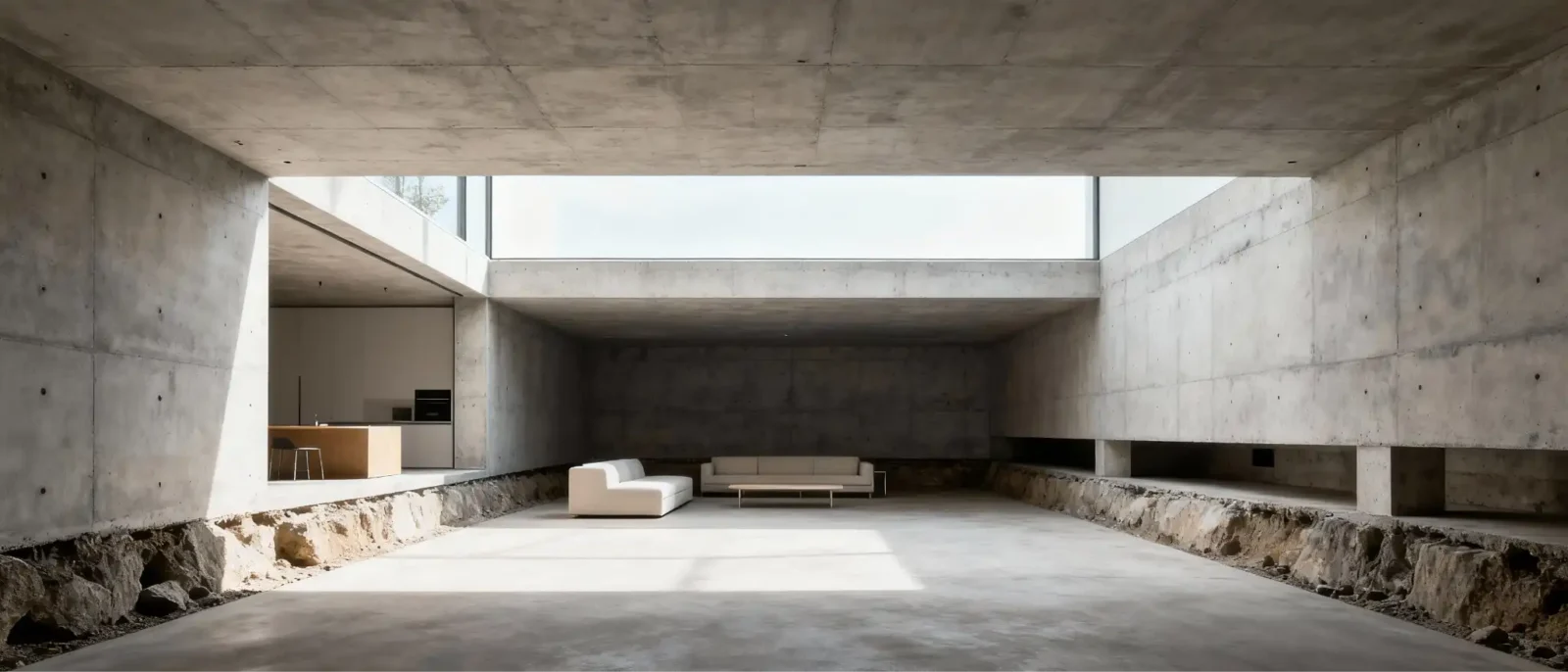- Home
- Articles
- Architectural Portfolio
- Architectral Presentation
- Inspirational Stories
- Architecture News
- Visualization
- BIM Industry
- Facade Design
- Parametric Design
- Career
- Landscape Architecture
- Construction
- Artificial Intelligence
- Sketching
- Design Softwares
- Diagrams
- Writing
- Architectural Tips
- Sustainability
- Courses
- Concept
- Technology
- History & Heritage
- Future of Architecture
- Guides & How-To
- Projects
- Interior Design
- Competitions
- Jobs
- Store
- Tools
- More
- Home
- Articles
- Architectural Portfolio
- Architectral Presentation
- Inspirational Stories
- Architecture News
- Visualization
- BIM Industry
- Facade Design
- Parametric Design
- Career
- Landscape Architecture
- Construction
- Artificial Intelligence
- Sketching
- Design Softwares
- Diagrams
- Writing
- Architectural Tips
- Sustainability
- Courses
- Concept
- Technology
- History & Heritage
- Future of Architecture
- Guides & How-To
- Projects
- Interior Design
- Competitions
- Jobs
- Store
- Tools
- More

AI Architectural Works
Artificial Intelligence (AI) has revolutionized various fields, including architecture. Architects have always been at the forefront of utilizing cutting-edge technologies to make the design process more efficient and accurate. AI has provided architects with new tools to achieve this. With AI, architects can now automate certain tasks, making it possible to complete projects faster and with greater accuracy.
One area in which AI has had a significant impact is in the use of Building Information Modeling (BIM). BIM is a digital representation of a building, which provides architects with a visual representation of the building’s structure, components, and systems. With AI, architects can automate the process of generating and updating BIM models, making the design process much faster and efficient. AI can also analyze the BIM model and provide insights into areas that may need improvement, such as thermal comfort or energy efficiency.

Another area in which AI is making an impact is in the field of sustainable architecture. AI can be used to analyze a building’s energy consumption and identify areas where energy efficiency can be improved. This can result in buildings that are more environmentally friendly and cost-effective to operate. Additionally, AI can help architects to identify the best materials and building techniques to use in their projects, ensuring that the building is constructed in a sustainable and environmentally responsible manner.
We can say that AI is having an impact is in the field of construction management. AI can be used to analyze construction schedules and identify areas where delays may occur. This can help architects to optimize the construction process, ensuring that the project is completed on time and within budget. Additionally, AI can be used to monitor the construction site, providing real-time information about the progress of the project, and identifying any potential issues before they become major problems.
Finally, AI is also having an impact on the field of architectural visualization. With AI, architects can create highly detailed and accurate visual representations of their designs, allowing clients to see the finished product before it is built. This can help to minimize the need for costly and time-consuming changes during the construction process, and it can also help clients to better understand and appreciate the design of the building.
Consequently, AI is having a significant impact on the field of architecture. It is making the design process more efficient and accurate, helping architects to create sustainable and environmentally responsible buildings, optimizing the construction process, and providing clients with highly detailed visual representations of the finished product. As AI continues to develop, it is likely that its impact on the field of architecture will only continue to grow.

Examples of AI Architectural Works
BIM Modeling: AI algorithms can be used to automatically generate building information models, reducing the time and effort required to create these models manually.
Energy Analysis: AI algorithms can be used to analyze a building’s energy consumption, identifying areas where energy efficiency can be improved, and reducing the building’s overall carbon footprint.
Material Selection: AI algorithms can be used to identify the most suitable materials for a building based on a range of criteria, including sustainability, cost, and durability.
Construction Planning: AI algorithms can be used to analyze construction schedules, identify potential delays, and optimize the construction process, reducing the overall time and cost of construction.

Architectural Visualization: AI algorithms can be used to generate highly detailed and accurate visual representations of a building, allowing architects to present their designs to clients in a more engaging and interactive way.
Spatial Planning: AI algorithms can be used to analyze the spatial relationships between different parts of a building, helping architects to optimize the layout and flow of the building.
Facade Optimization: AI algorithms can be used to analyze the thermal performance of a building’s facade, identifying areas where the facade can be optimized to reduce heat loss and improve energy efficiency.
These are just a few examples of how AI is being used in architecture, and as AI continues to develop, it is likely that more applications will emerge in the field.

Submit your architectural projects
Follow these steps for submission your project. Submission FormLatest Posts
The Vertical Revolution: How Basement Underpinning Creates Architectural Gold from Forgotten Spaces
Think about the last time you walked into a room with soaring...
Best Tools for Tracking Construction Labor Hours
Quick View of the Products Listed Best Overall: Workyard – Complete construction...
More Than a Gate: Designing a Secure and Stylish Home Entryway
A property’s entrance tells a story before a single guest steps inside....
Employer Liability and Smartphones: When Work Texts Cause Crashes
In today’s connected world, it’s nearly impossible to separate work from daily...












Leave a comment